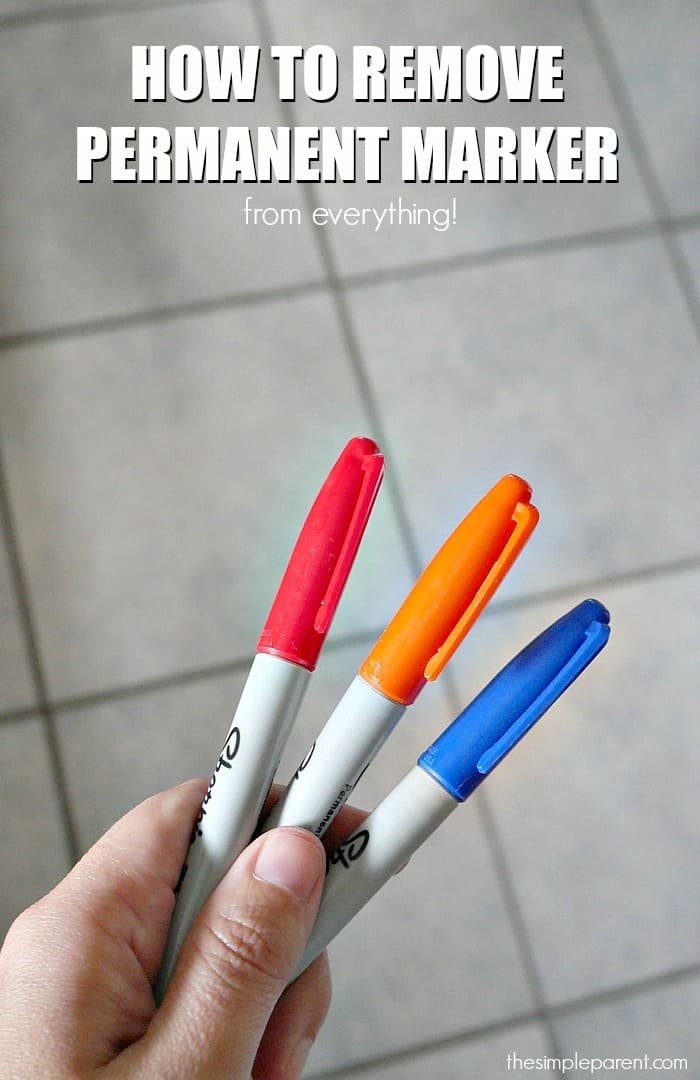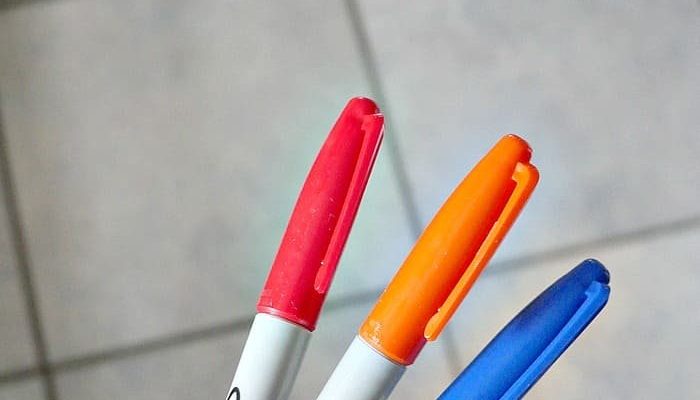
Before diving into the how-to, it’s essential to understand what you’re up against. Permanent markers are designed to be, well, permanent. This means their ink can be tricky to remove from surfaces like metal, wood, or plastic. Luckily, with the right approach and materials, you can restore that shine to your door handles, hinges, or locks. So let’s roll up our sleeves and dig into the best methods for tackling permanent marker stains.
Understanding the Material of Your Door Hardware
Before you grab any cleaning solution, take a moment to identify the material of your door hardware. Different materials require different cleaning techniques.
- Metal: For a lot of door hardware, especially doorknobs and locks, metal is the most common material. It’s generally durable but can scratch if you’re not careful.
- Plastic: Some hardware has plastic components. While these may handle some cleaning solutions better, they can also scratch easily or become discolored.
- Wood: If your door hardware is wooden, you’ll need to be particularly gentle. Wood can absorb cleaners, and aggressive scrubbing can damage the finish.
Understanding what you’re working with will guide you in selecting the best removal method.
Gathering Your Cleaning Supplies
Now that you know your hardware type, it’s time to gather your supplies. The good news? You probably have much of what you need at home. Here’s a quick list of effective items to consider:
- Rubbing alcohol: This is a superstar when it comes to dissolving ink.
- Hand sanitizer: It’s not just for your hands! The alcohol content can work wonders.
- Dry-erase marker: It may sound odd, but drawing over the permanent ink can help lift it off.
- Cotton balls or soft cloths: These are perfect for applying your cleaning solution without scratching the surface.
- Glass cleaner: For a final shine after removing the ink.
With your supplies in hand, you’re ready to tackle that pesky marker.
Using Rubbing Alcohol to Remove Ink
Rubbing alcohol is a reliable option for most surfaces. Here’s how to do it:
1. Apply the Alcohol: Soak a cotton ball or a soft cloth in rubbing alcohol. Make sure it’s damp, not dripping. You want just enough to work with.
2. Dab, Don’t Rub: Gently dab the stained area. Rubbing too hard can spread the ink further or damage the surface. You might see the ink start to lift right away.
3. Repeat as Needed: If the stain is stubborn, don’t get discouraged. Sometimes it takes a few rounds of dabbing. Rinse the area with water afterward to remove any residue.
4. Dry and Shine: Use a clean, dry cloth to buff the area, ensuring it looks as good as new.
This method is often effective on metal and plastic. For wood, be careful—too much moisture might warp the material.
Hand Sanitizer: A Handy Alternative
If you don’t have rubbing alcohol, hand sanitizer can be a solid backup. The alcohol content helps lift the ink. Here’s how to use it:
1. Squeeze a Small Amount: Apply a dime-sized amount of hand sanitizer onto a cotton ball or cloth.
2. Gently Rub the Stain: Like with the alcohol, dab the area with the sanitizer. You’ll notice the ink coming off as the cleaner works its magic.
3. Wipe Clean: After the marker starts to disappear, wipe the area with a damp cloth to remove any remaining sanitizer, following up with a dry cloth.
This method is particularly useful if you have multiple kids at home—hand sanitizer is often within easy reach!
Using a Dry-Erase Marker to Lift the Ink
You might be surprised to learn that a dry-erase marker can help remove permanent ink. Sounds like a magic trick, right? Here’s how it works:
1. Cover the Stain: Take the dry-erase marker and completely cover the permanent marker stain. You want to saturate it.
2. Wipe It Off: Immediately after applying the dry-erase marker, take a soft cloth and wipe the area. The solvents in the dry-erase ink can dissolve the permanent ink, lifting it away.
3. Repeat if Needed: If some ink remains, repeat the process.
This method is particularly effective on non-porous surfaces like metal. Just be careful with plastic—you may risk discoloration.
Cleaning Up After Removal
Once you’ve managed to remove the marker, it’s important to give your door hardware a good clean. Here’s what to do:
1. Use Glass Cleaner: Spray a little glass cleaner on a soft cloth and wipe down the hardware. This will not only clean any leftover cleaning solution but will also give it a nice shine.
2. Buff to Shine: To finish, use a dry cloth to buff the area. This step ensures that everything looks neat and clean.
3. Regular Maintenance: Consider making a habit of cleaning your door hardware regularly to avoid any future build-ups of stains or dirt.
This not only keeps your hardware looking pristine, but it also can help extend its lifespan.
When to Seek Professional Help
Sometimes, despite your best efforts, the permanent marker might still be stubbornly attached. If you’ve tried everything and nothing seems to work, it might be time to consider professional assistance.
1. Evaluate Damage: Before going the pro route, assess any potential damage to the hardware. If it looks scratched or chipped after your attempts, a professional can help restore it.
2. Ask for Recommendations: If you live in a community with a lot of home improvement stores or services, ask for recommendations. Often, local experts have experiences dealing with these issues.
3. Consider Replacement: In extreme cases where the permanent marker has caused significant damage, it might be more efficient to replace the hardware.
Strong door hardware is crucial—not only for aesthetics but also for security, so investing in a quality replacement can be worthwhile.
Dealing with permanent marker on door hardware might feel frustrating at first, but with the right steps and supplies, you can tackle it effectively. Whether you choose rubbing alcohol, hand sanitizer, or even a dry-erase marker, remember to treat your hardware with care. And if all else fails, don’t hesitate to get professional help or consider a fresh replacement for a polished look.
By following these methods, you’ll not only keep your door hardware looking great, but you’ll also feel a sense of satisfaction knowing you handled the situation like a pro. Happy cleaning!
